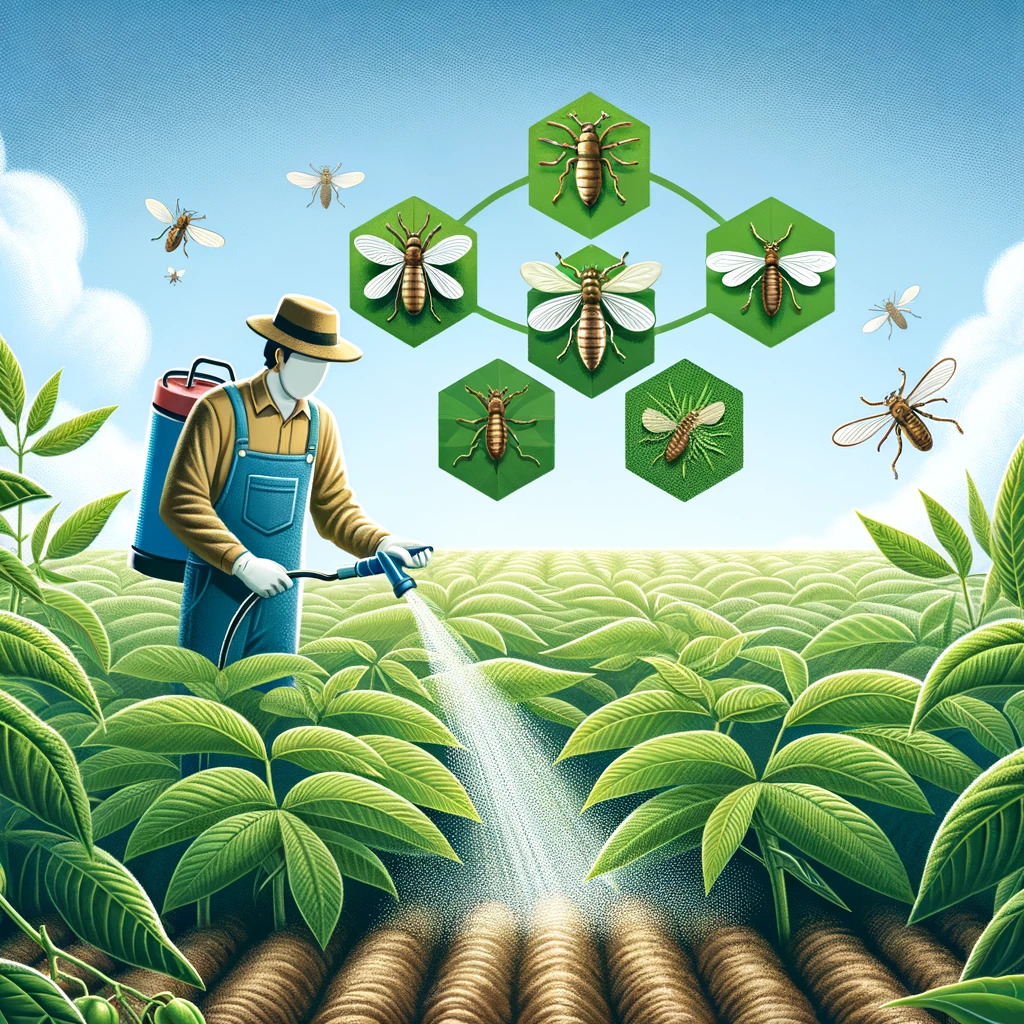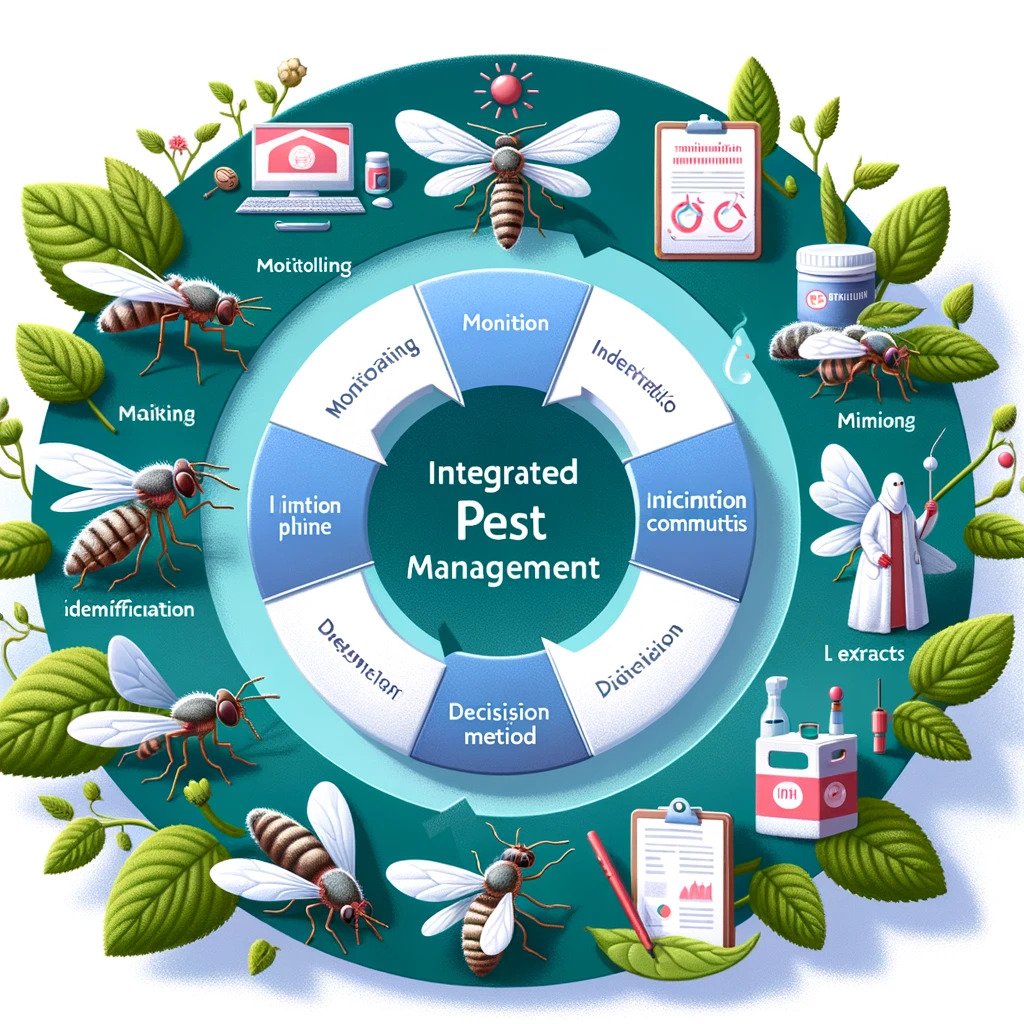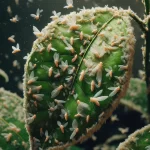Integrated Pest Management (IPM) for whiteflies, a significant pest in agriculture, is crucial for effective and sustainable control. The castor bean plant (Ricinus Communis L.) plays an important role in these strategies, offering ecological and efficient solutions.
Prevention Strategies with Castor Bean Plant
Prevention is a key component of IPM. Growing castor bean plants around the edges of fields or as trap plants can help reduce whitefly populations, leveraging their natural attraction to the plant.

Use of Castor Bean Extracts in Pest Control
Castor bean extracts, known for their insecticidal properties, can be used as part of an IPM approach. When applied correctly, these extracts can effectively control whitefly populations without harming the environment.

Integration with Other Control Methods
IPM involves combining different control methods, including biological controls, cultural practices, and the use of natural insecticides like castor bean extracts. This integration maximizes efficacy and minimizes environmental impact.
Continuous Monitoring and Evaluation
A vital component of IPM is constant monitoring of pest populations and evaluating the effectiveness of the implemented strategies. This allows for timely adjustments and ensures long-term effective management.

Conclusion
Integrated Pest Management for whiteflies, using strategies including the castor bean plant, offers a balanced and sustainable approach to pest control in agriculture. These practices not only effectively control the pest but also protect the ecosystem and promote agricultural sustainability.
 AgronoBlog – Agriculture Blog
AgronoBlog – Agriculture Blog 

